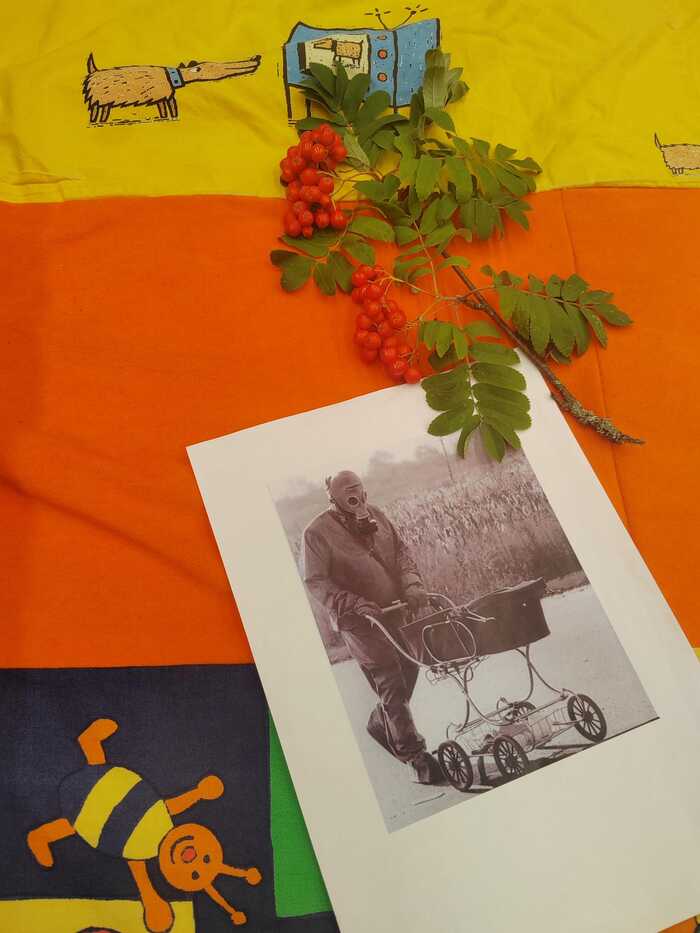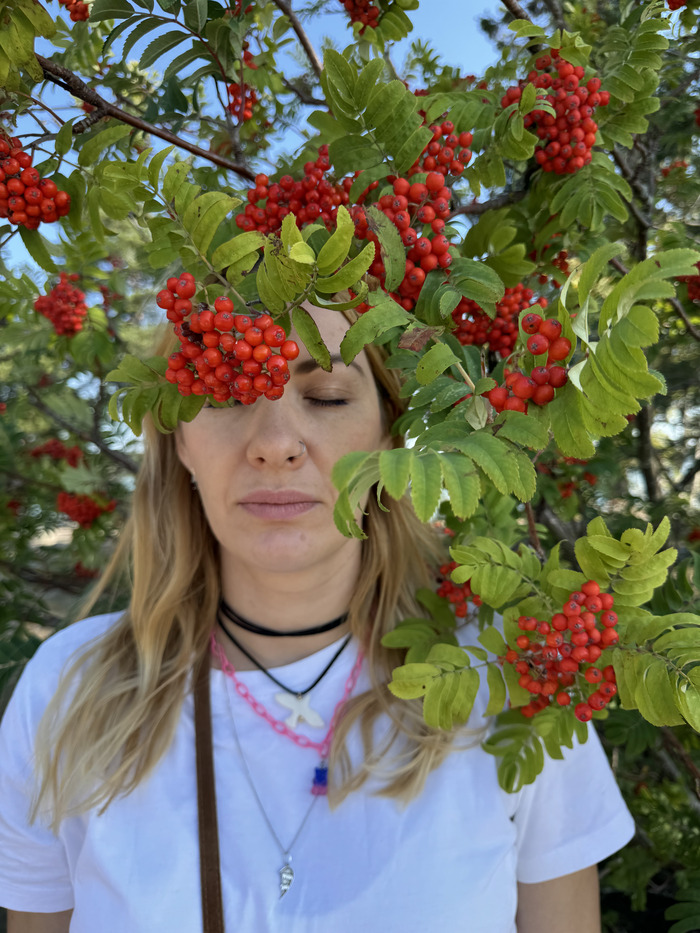Residency: Part 2
The process we went through was deep and had many layers. Technically, the schedule involved daily meetings where we shared exercises, and discussed topics, and each of us brought an object that was later used in the final performance. These objects, along with references and other materials (drawings, pictures, poems, etc.), shaped our work. I brought a gas mask because, for a long time, I’ve wanted to explore the topic of Chornobyl. To me, Chornobyl is not only a disaster for nature, Earth, and humanity that is connected to one of the topics of the residency of sustainability; it also represents a political crisis and the downfall of communism, use of humans and nature as a resource that serves to power holders - and this connects to another topic of equality. Moreover, It touches on the power of nature after such a catastrophe, radiation as an invisible force, and the parallels with totalitarianism and dictatorship.

Each day, we met in the mornings and worked until evening—engaging in different performative practices, discussing ideas, and proposing new approaches. Our process wasn’t confined to the rehearsal room. To expand our emotional intelligence, inspiration, and creativity, our curator Maiju Tainio (Director, Puppeteer, and Visual Artist) led us on field research into the Finnish forest. Personally, this was the most valuable and meaningful experience for me. Having grown up near wild forests, I’ve always had a deep connection with nature. This experience reminded me of my studies at the Grotowski Institute and my time at the Brzezinka forest base, which is beautifully captured in one of the scenes from My Dinner with Andre (Louis Malle, 1981).
In the forest, we gathered materials and props and experimented with scenes and movement sequences. That trip to the forest was a pivotal moment for us, sparking new inspiration and pushing our research and discussions forward.


In general, the first week of the residency was dedicated to creating and collecting materials and concepts for the future performance. The second week was focused on structuring, planning, and piecing together the scenes for the upcoming performance.
Of course, the second part of the residency was just as challenging as the first, but in a different way. During the first week, we collected so much material that we had to go through a rigorous editing process—keeping only the essentials. For me, this was the hardest part. Imagine creating scenes, writing texts, and developing movement sequences, only to keep 20% of it? It was definitely a challenge.
Also, I tried to maintain my routine every day—arriving early to warm up, concentrate, and experiment with ideas for the performance. I spent time exploring the materials I had gathered from the forest, creating sounds from natural sources, and examining the colors and textures of the objects. Additionally, incorporating the gas mask into the performance as part of the costume presented its own challenges. Breathing in it was difficult, which limited some of its use, but on the other hand, the mask produced interesting sounds through my voice and breathing, which I wanted to incorporate into the performance.
So, the first week was filled with various explorations that laid the foundation for the upcoming performance.
